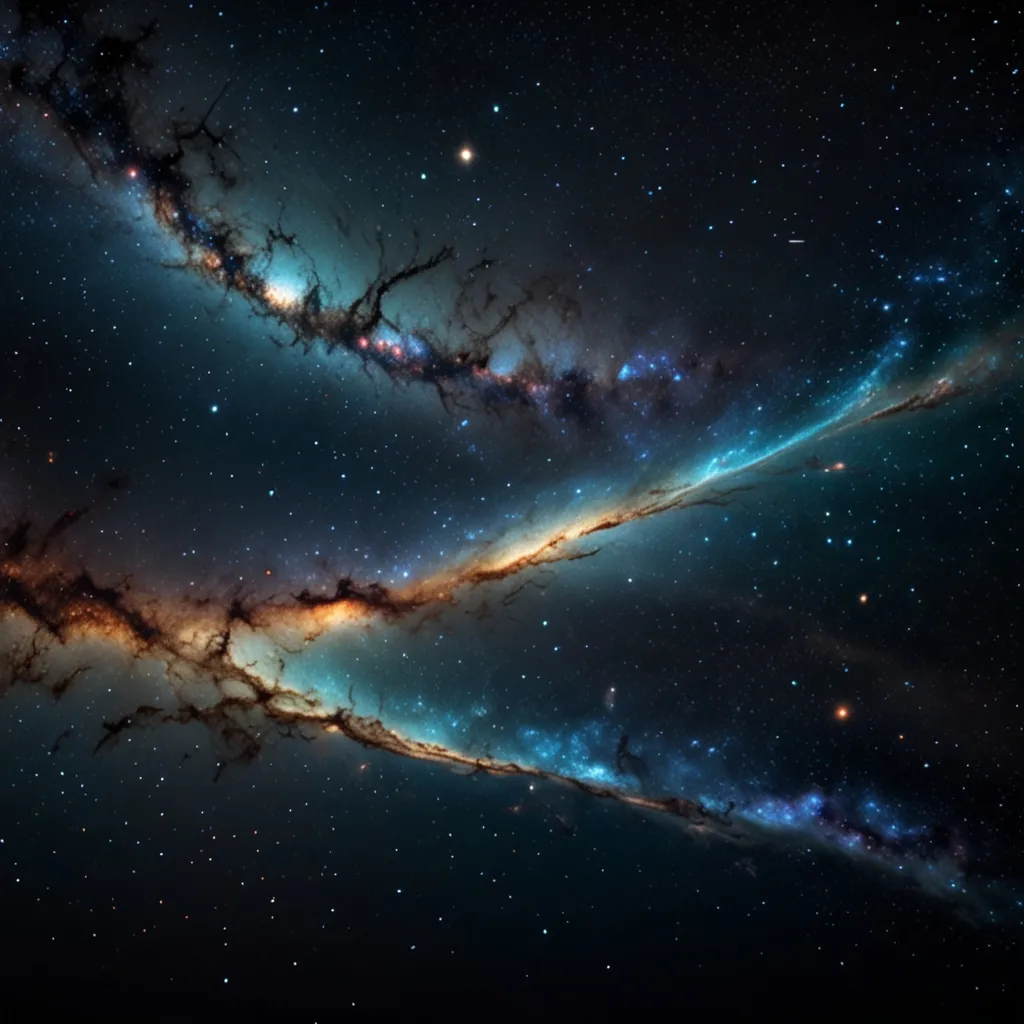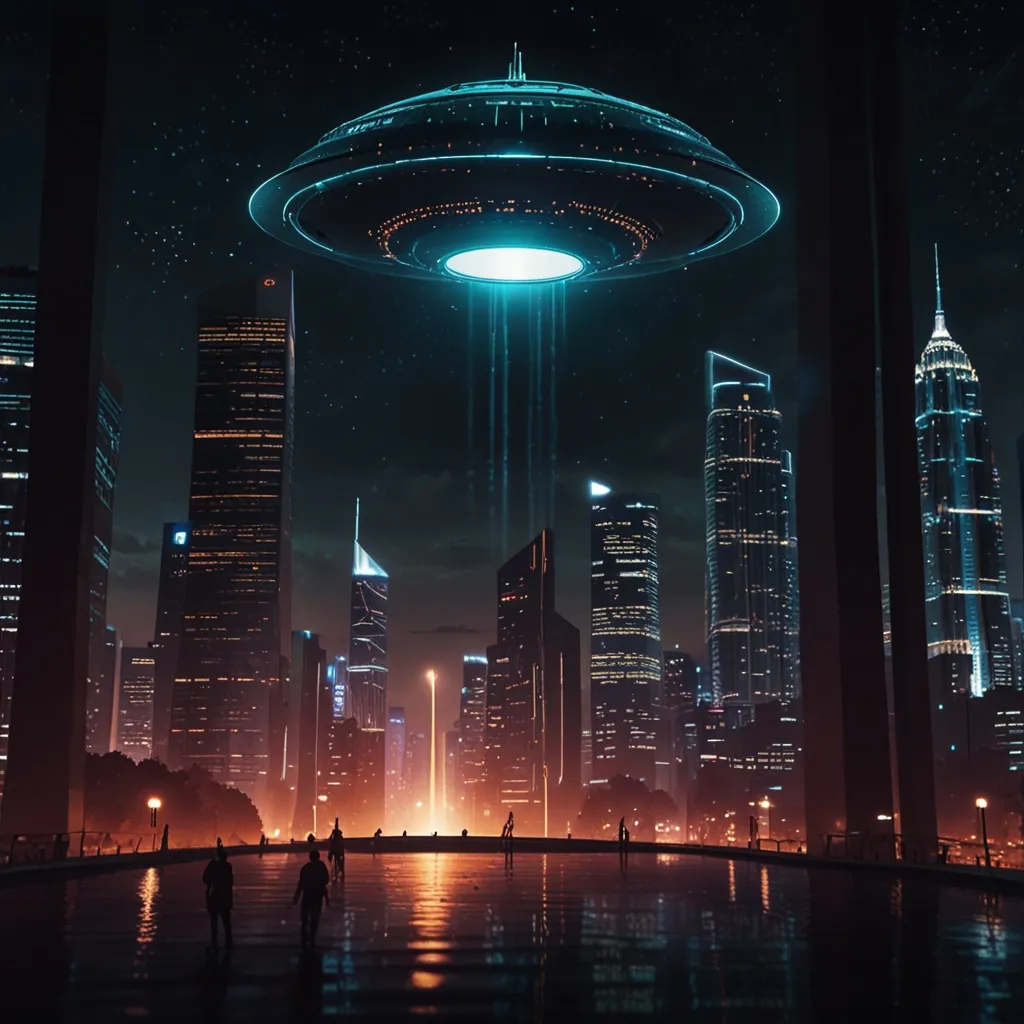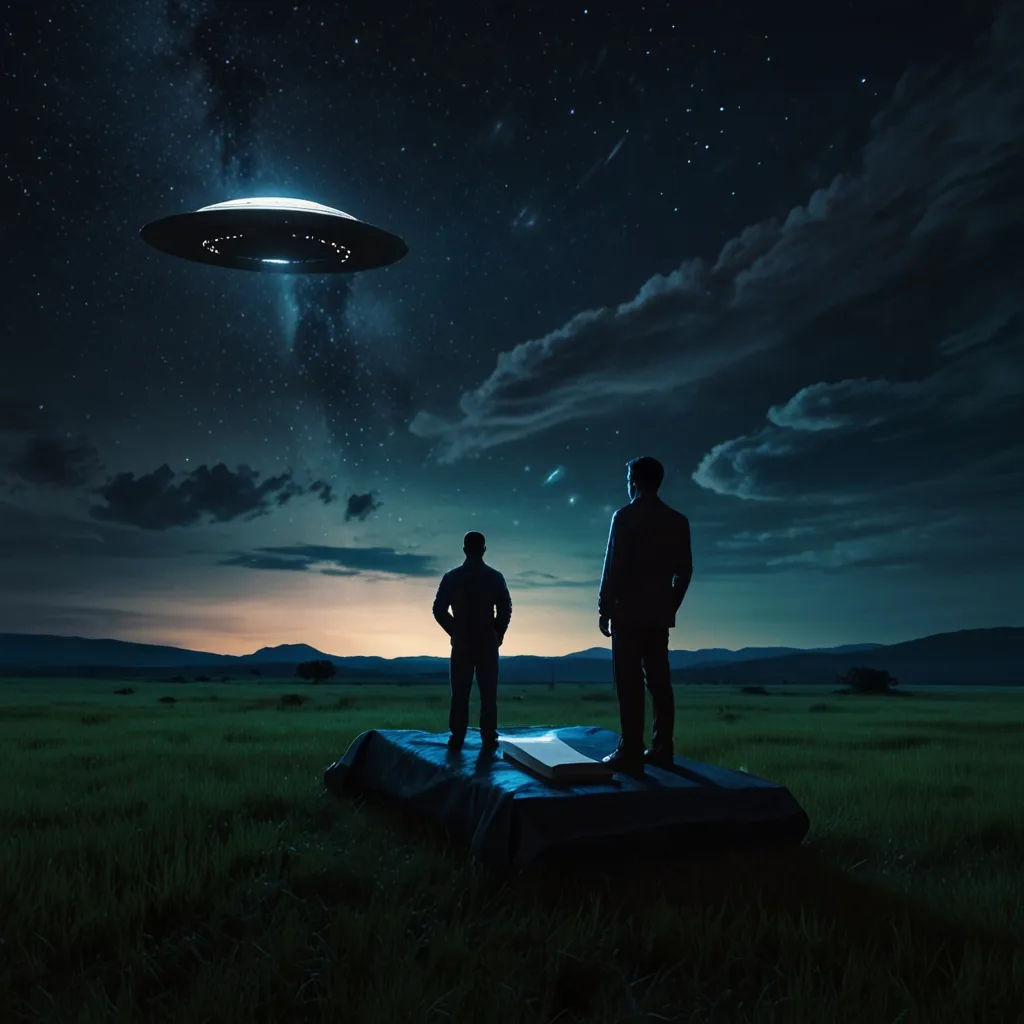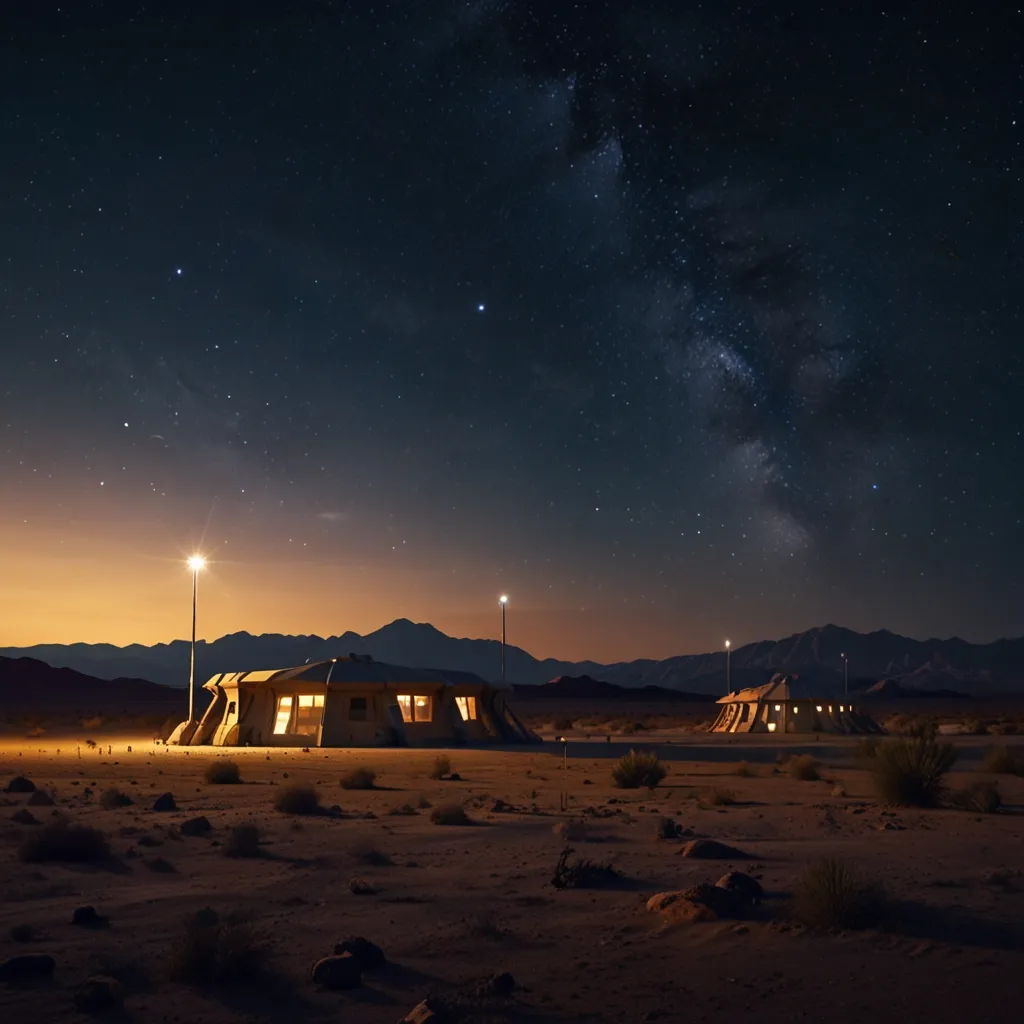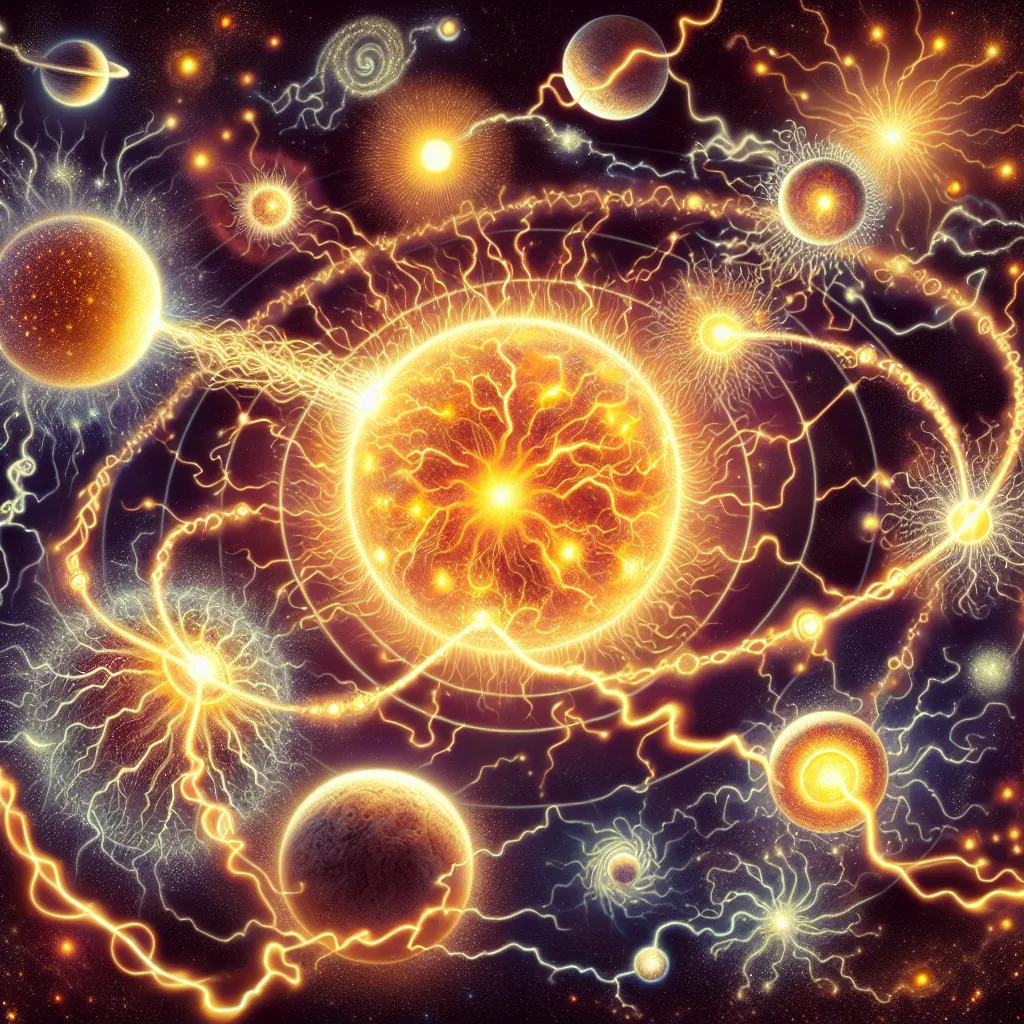The universe is teeming with secrets and mysteries that have captivated scientists for centuries. Thousands of researchers have spent countless hours staring into the sky, trying to unravel these cosmic enigmas. Much of what we know comes from analyzing various forms of electromagnetic radiation, which include visible light, gamma rays, x-rays, UV light, infrared light, and microwaves. With the help of sophisticated sensors and advanced satellites, we’ve managed to learn quite a lot about our universe.
However, there is a fundamental limit to what electromagnetic radiation can reveal. The oldest light we can detect and analyze dates back 380,000 years after the Big Bang and is known as the cosmic microwave background (CMB). Essentially, this means we lack direct information about the universe in its earliest stages, closer to its inception.
But the 21st century has given us a potential breakthrough. Theoretical models in cosmology suggest that alongside the CMB, there could be a gravitational wave background from an even earlier epoch of the universe. These gravitational waves would have originated within the first second following the Big Bang, offering us information that predates the CMB by 380,000 years.
Detecting and analyzing these gravitational waves could unlock the very secrets of creation. But what exactly are gravitational waves, and why are they significant? Gravitational waves are ripples in space-time caused by some of the most violent and energetic processes in the universe, such as the collision of black holes or neutron stars.
Imagine you’re on a beach. If the sea is calm, you’d infer that the wind is gentle. But if the waves are choppy, you might suspect that a distant storm is causing this agitation. Similarly, gravitational waves can provide insight into cosmic events that we can’t directly observe. Think of it as detecting a tsunami and deducing that an earthquake must have occurred somewhere at sea.
Currently, we use laser interferometers to detect gravitational waves. These devices work by splitting a laser beam into two perpendicular beams. If a gravitational wave hits, it stretches or contracts the space these beams travel through, causing a detectable phase shift when they recombine.
Right now, our technology only allows us to detect the gravitational wave equivalents of tsunamis—spectacular, high-intensity events. The more subtle waves, akin to gentle ocean ripples, remain beyond our reach due to the noise created by earthly phenomena. But future detectors, especially those envisioned to operate in the quieter environment of space, might be able to pick up these faint signals.
The stakes are high. Detecting a gravitational wave background from the early universe could prove or refine theories such as cosmic inflation, which hypothesizes that the universe expanded dramatically within the first fractions of a second after the Big Bang. This could offer unprecedented insights into the fundamental forces and particles that shaped our cosmos.
Plans are already in motion for a new space-based laser interferometer, in collaboration with the European Space Agency. This advanced detector, free from the Earth’s background noise, aims to measure these weak gravitational signals. However, it’s still in the design phase and might not launch until 2034.
In the meantime, scientists remain dedicated to gazing into the cosmos, driven by curiosity and the quest for answers. As we push the boundaries of our technology and understanding, who knows what other secrets of the universe we might uncover? The journey is as thrilling as the discoveries themselves.
